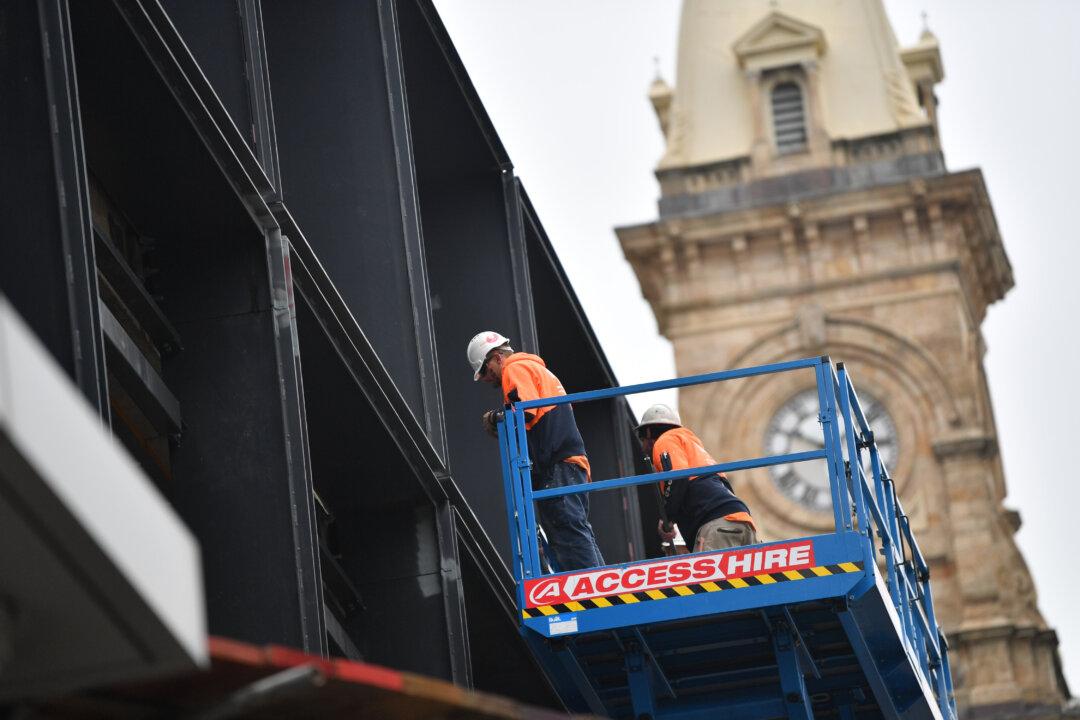While Australia’s construction industry remains strong, high material prices and shortage of skilled labour is slowing its expansion.
The Australian Industry Group/Housing Industry Association’s (HIA) construction performance index (pdf) fell further in June down to 55.5 points after hitting a record high in March.





